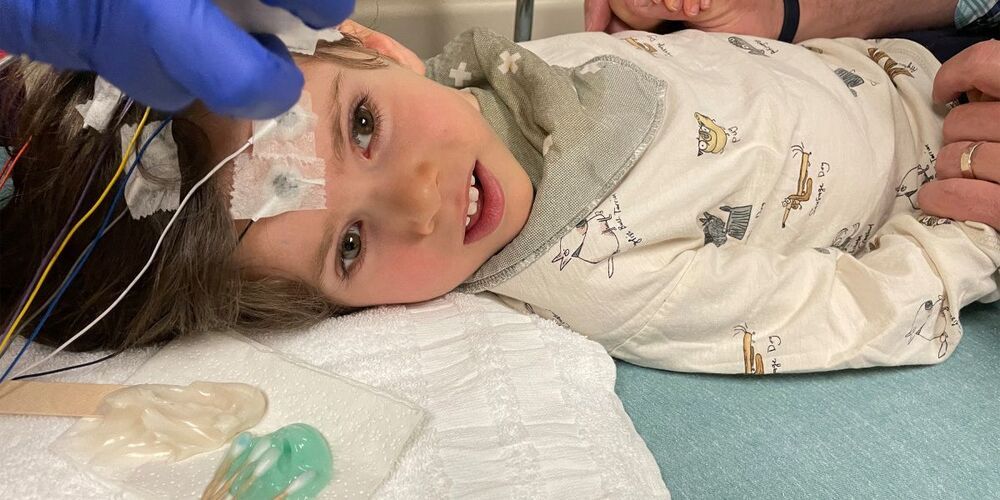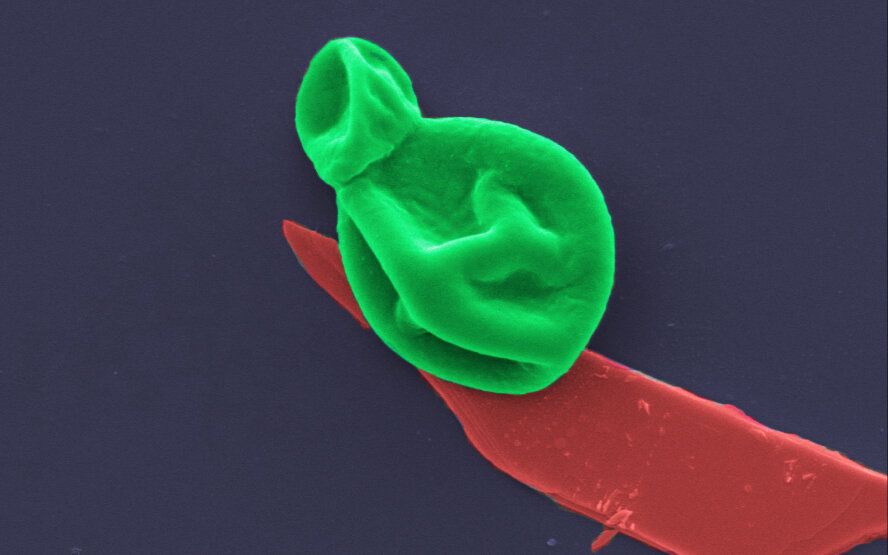
At any given time, 1100 tons of microplastic are floating over the western US. New modeling shows the surprising sources of the nefarious pollutant.
If you find yourself in some secluded spot in the American West—maybe Yellowstone, or the deserts of Utah, or the forests of Oregon—take a deep breath and get some fresh air along with some microplastic. According to new modeling, 1100 tons of it is currently floating above the western US. The stuff is falling out of the sky, tainting the most remote corners of North America—and the world. As I’ve said before, plastic rain is the new acid rain.
But where is it all coming from? You’d think it’d be arising from nearby cities—western metropolises like Denver and Salt Lake City. But new modeling published yesterday in the Proceedings of the National Academy of Sciences shows that 84 percent of airborne microplastics in the American West actually comes from the roads outside of major cities. Another 11 percent could be blowing all the way in from the ocean. (The researchers who built the model reckon that microplastic particles stay airborne for nearly a week, and that’s more than enough time for them to cross continents and oceans.)
Microplastics—particles smaller than 5 millimeters—come from a number of sources. Plastic bags and bottles released into the environment break down into smaller and smaller bits. Your washing machine is another major source: When you launder synthetic clothing, tiny microfibers slough off and get flushed to a wastewater treatment plant. That facility filters out some of the microfibers, trapping them in “sludge,” the treated human waste that’s then applied to agricultural fields as fertilizer. That loads the soil with microplastic. A wastewater plant will then flush the remaining microfibers out to sea in the treated water. This has been happening for decades, and because plastics disintegrate but don’t ever really disappear, the amount in the ocean has been skyrocketing.









